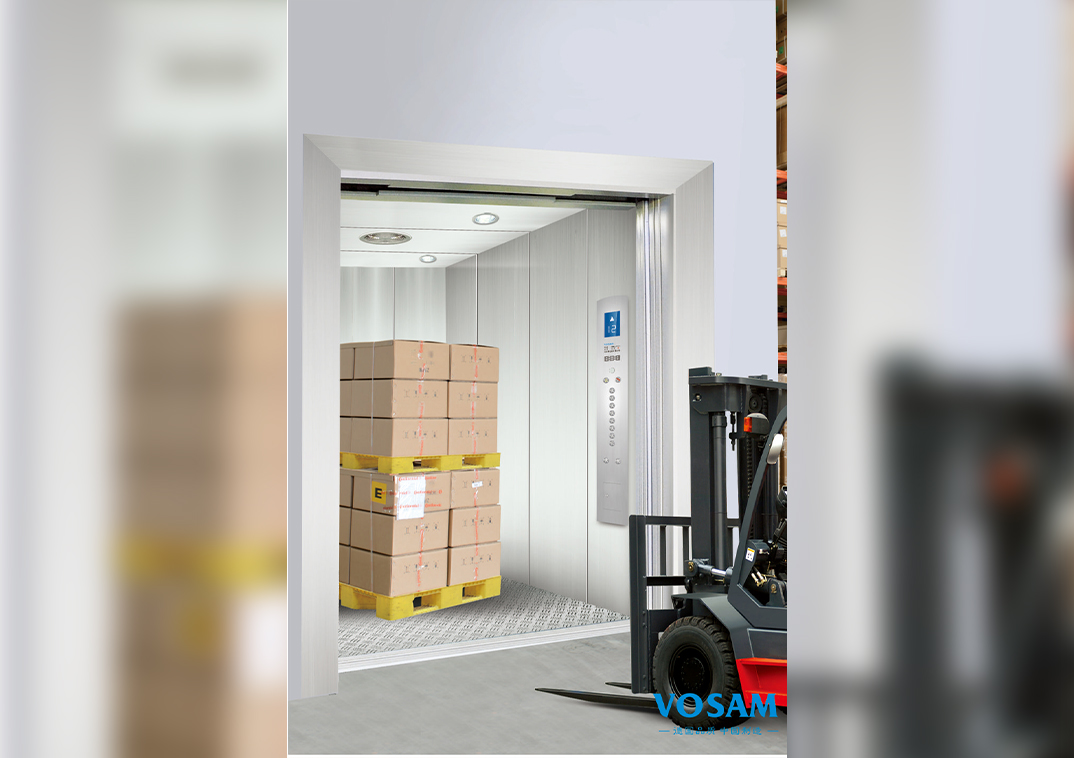Modern freight elevators are essential components in commercial and industrial settings, designed not only to transport goods efficiently but also to prioritize safety through advanced features. These elevators are equipped with a robust array of safety mechanisms to ensure the protection of both cargo and personnel.
One of the fundamental safety features of modern freight elevators is overload protection. Sensors are integrated into the elevator system to detect if the load exceeds the designated capacity. This feature prevents the elevator from operating until the excess weight is removed, thereby reducing the risk of structural damage or accidents due to overloading.
Additionally, door interlocks play a critical role in preventing mishaps during operation. These interlocks ensure that the elevator doors remain securely closed while the car is in motion, minimizing the possibility of accidental falls or injuries. They also prevent doors from opening unless the car is properly aligned with the landing, enhancing overall safety during loading and unloading processes.
Emergency stop buttons are another vital safety measure. Positioned prominently within the elevator car and at landing entrances, these buttons allow immediate halting of the elevator in emergency situations such as equipment malfunction or passenger distress. This rapid response capability enhances operational safety by enabling quick intervention when necessary.

Furthermore, modern freight elevators are equipped with sophisticated safety brake systems. These systems automatically engage if the elevator exceeds safe operating speeds or experiences a sudden drop, effectively preventing free falls and ensuring controlled deceleration. This feature is crucial for maintaining safe transport conditions, particularly in environments where heavy or delicate loads are routinely moved.
Advancements in elevator technology have also introduced features like emergency communication systems. These systems typically include phones or intercoms that enable passengers to communicate directly with building management or emergency services in the event of an unexpected stop or emergency situation. Such communication channels facilitate prompt assistance and ensure passenger safety.
In conclusion, the integration of these advanced safety features makes modern freight elevators highly reliable and secure for transporting goods in various industrial and commercial settings. Their ability to handle substantial loads efficiently while prioritizing safety underscores their indispensable role in modern logistics and building management. Whether in warehouses, distribution centers, or high-rise buildings, the safety mechanisms of modern freight elevators ensure smooth operations and mitigate potential risks, thereby enhancing overall workplace safety and productivity.











